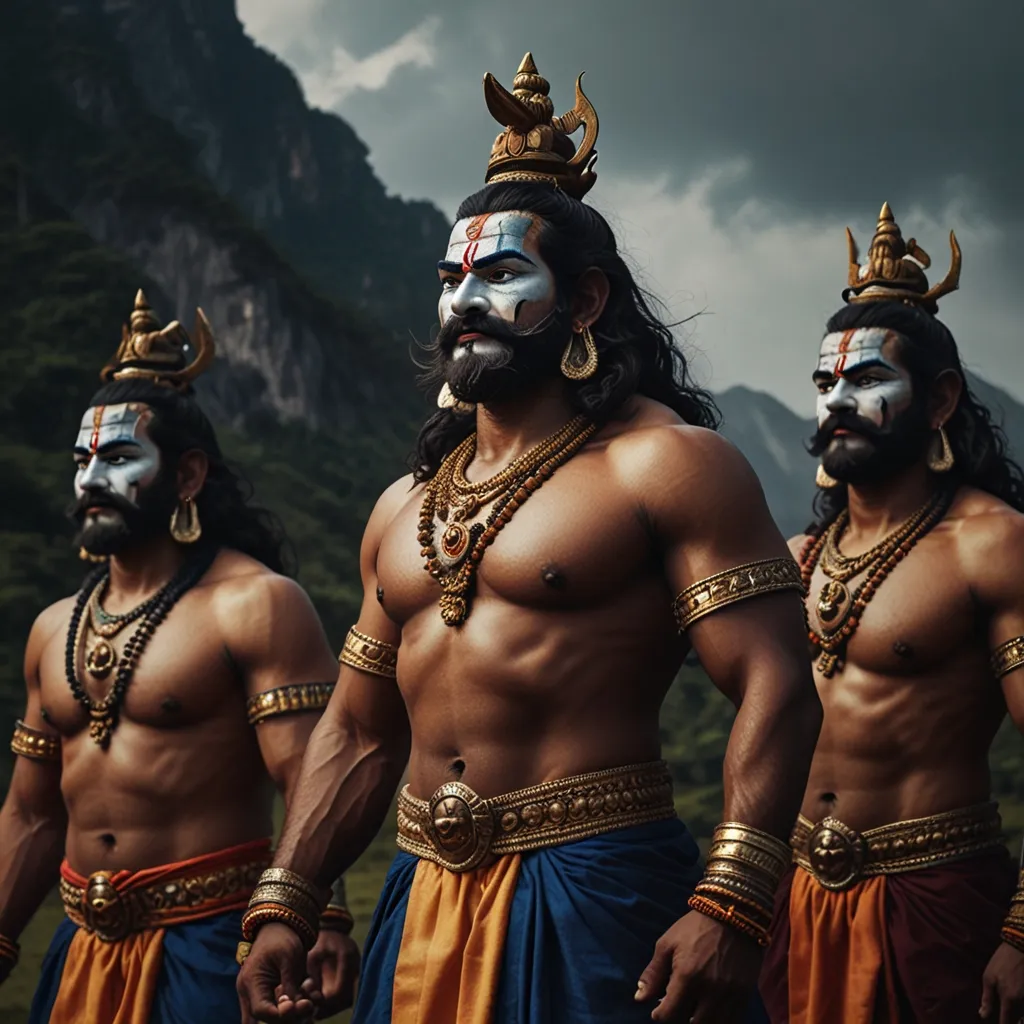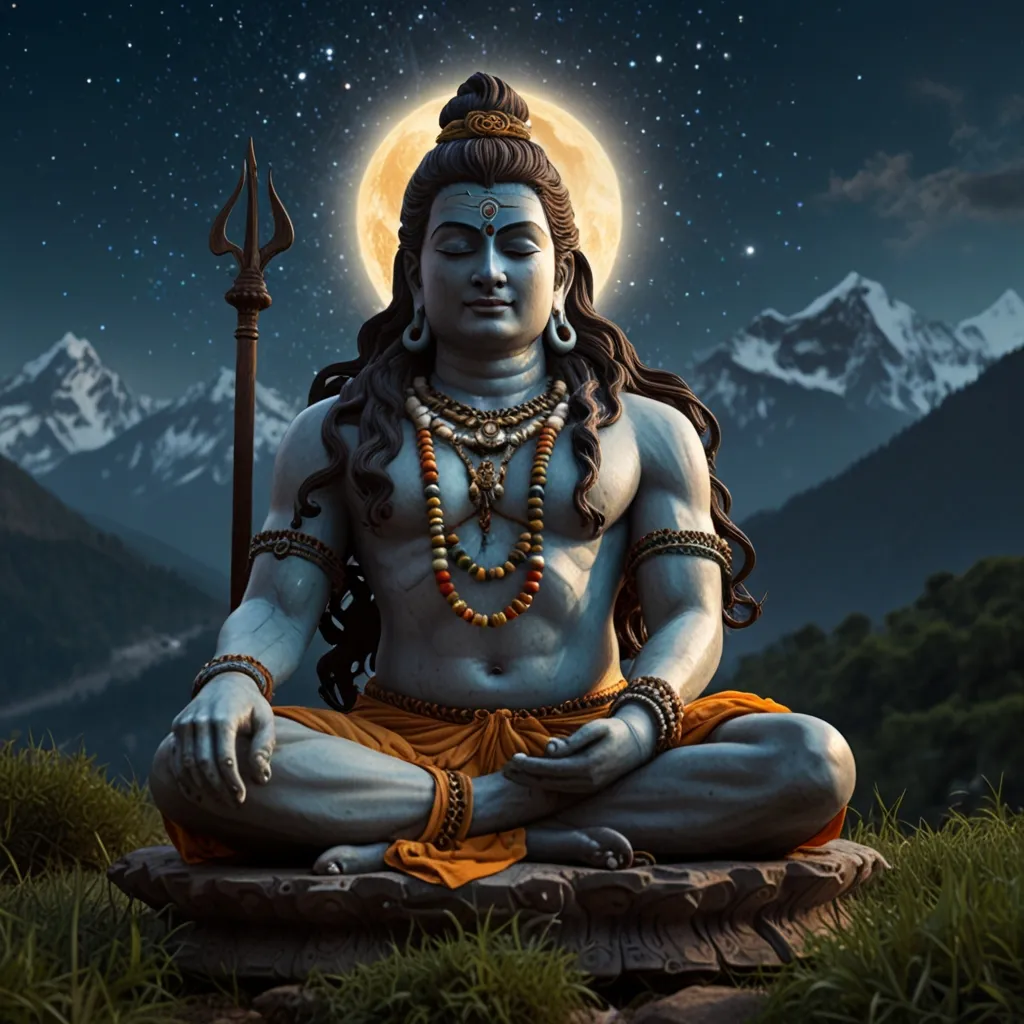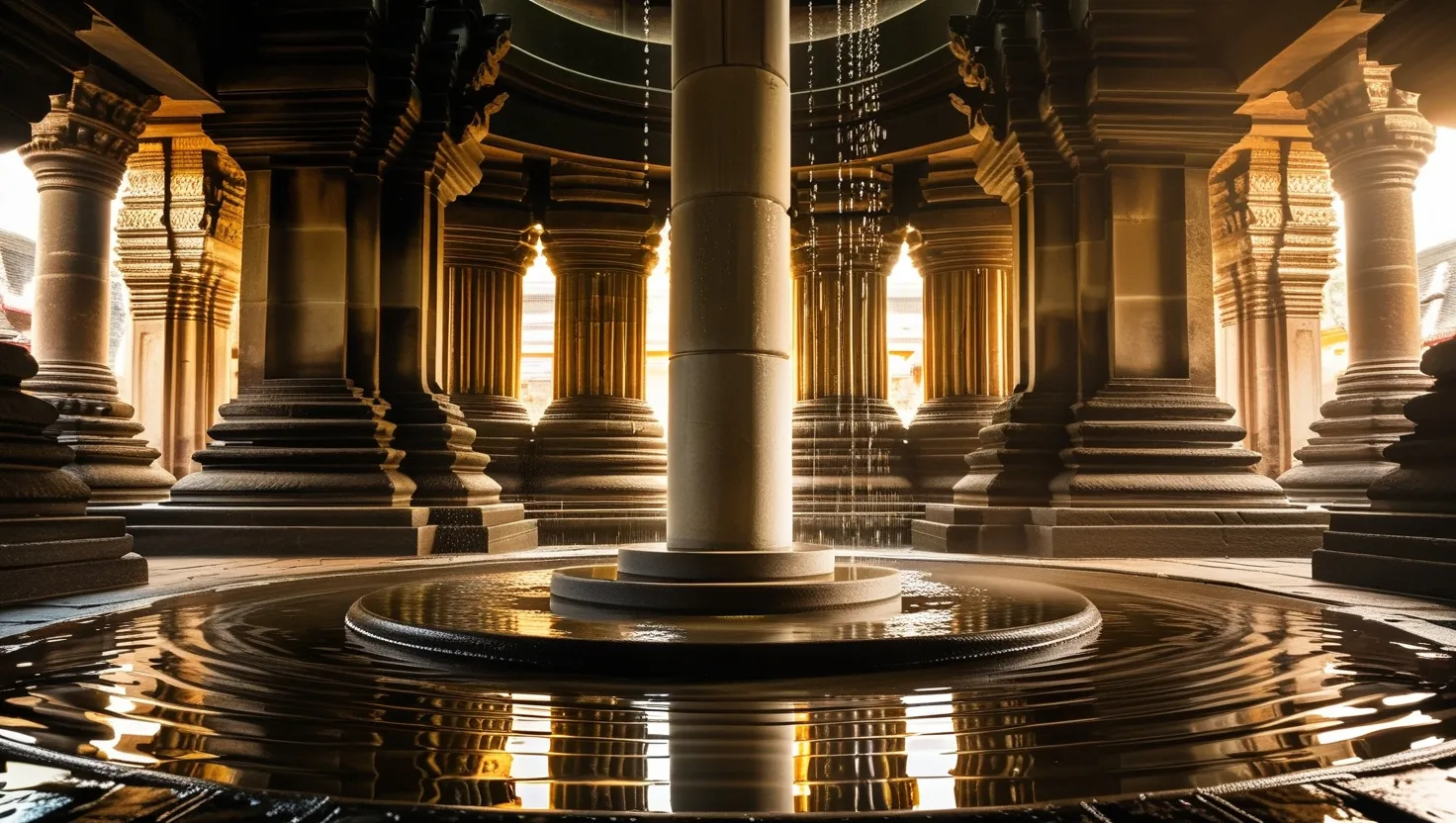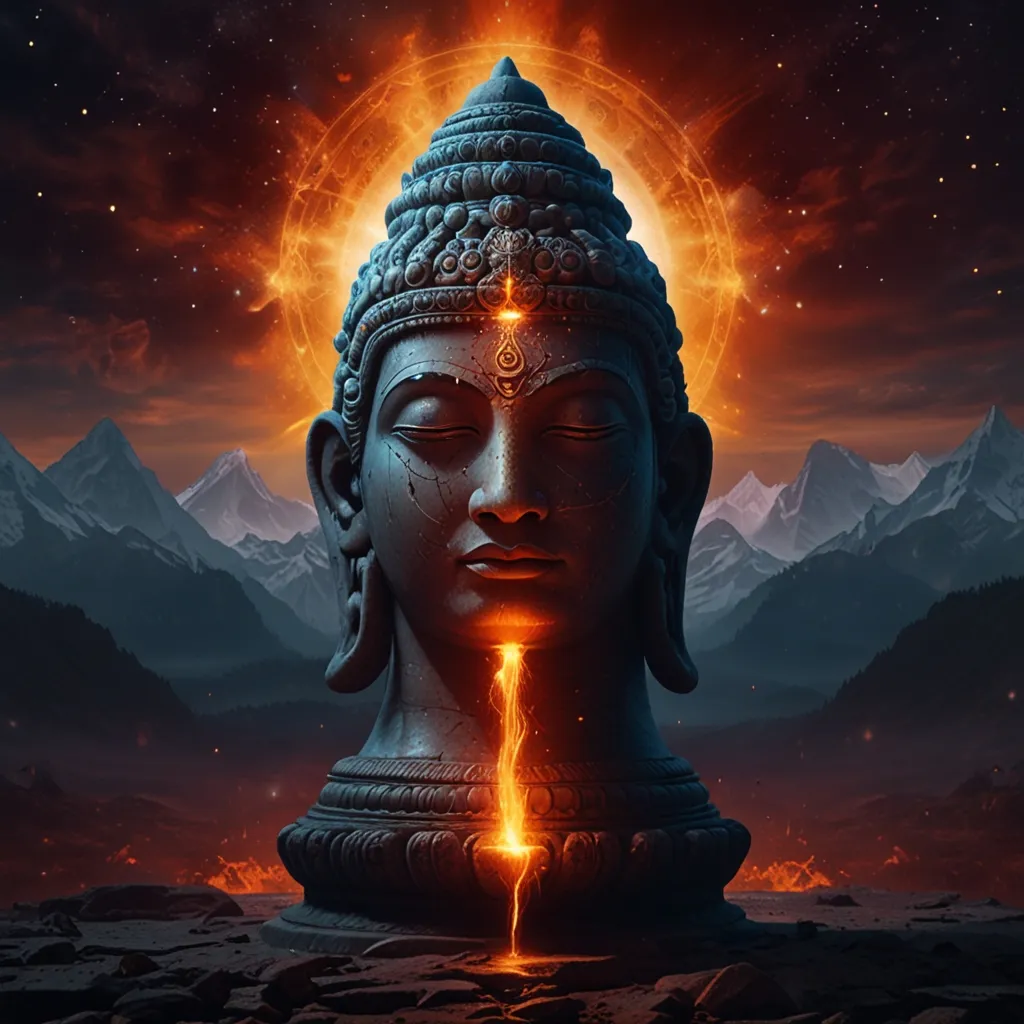Hindu mythology is a treasure trove of powerful stories, and two characters really stand out: Shiva, the destroyer, and Ravana, the formidable king of Lanka. Their tales are woven together through devotion, power, and the fall from grace, making for an epic narrative.
Ravana, born to Sage Vishrava and Kaikashi, was a mix of divine and demonic heritage. Sporting ten heads, he symbolized the mastery over six Shastras and four Vedas. This guy wasn’t just brawn; he was brains too—a scholar and a ruler par excellence. His devotion to Lord Shiva was unwavering, and it shaped much of his journey.
One of the coolest stories about Ravana is his attempt to lift Mount Kailash, Shiva’s crib. Shiva squashed Ravana’s effort with a mere toe tap on the mountain, trapping him underneath. Ravana wasn’t one to give up; he sang the Shiva Tandava Stotra for a millennium. Impressed, Shiva rewarded him with an invincible sword and a powerful linga.
Ravana wasn’t just about conquests; he was also a scholar and an artist. He wrote the Ravana Samhita, a book on Hindu astrology, and the Arka Prakasham, focusing on Siddha medicine. His veena skills were off the charts, so much so that he crafted one from his own body parts to serenade Shiva.
Yet, Ravana’s reign was mired in conflicts. He even dared to battle the gods, trying to take on Yama, the god of death. His military skills were legendary, and his flying chariot, the Pushpakviman, was a testament to his prowess.
Ravana’s family life was just as interesting. He had three wives: Mandodari, Dhanyamalini, and another less-known spouse. His sons, including Meghanada (later Indrajit), were warriors known for their bravery. Meghanada’s tale is epic—he captured Indra, the king of the gods, earning himself invincible weapons from Brahma.
However, Ravana’s downfall began when he kidnapped Sita, Rama’s wife. Ignoring the advice of gods and family, this move led to his demise. Rama, with a little help from Hanuman and friends, waged war on Lanka. Despite Ravana’s mighty powers, Rama’s arrows did the trick, draining the nectar of immortality from his belly and severing his heads and limbs.
Ravana is a complex figure. In some parts of the world, he’s still seen as a symbol of strength and intelligence. His story serves as a timeless reminder of the delicate balance between good and evil, and the consequences of unchecked ambition. Ravana’s devotion to Shiva is especially compelling, highlighting the spiritual depth of Hindu myths.
Ultimately, Ravana’s tale is a brutal lesson in the dangers of pride and the need for humility. Despite his immense knowledge and power, his ego led to his downfall. This narrative continues to enthrall, offering insights into human nature and the perpetual battle between light and darkness.






